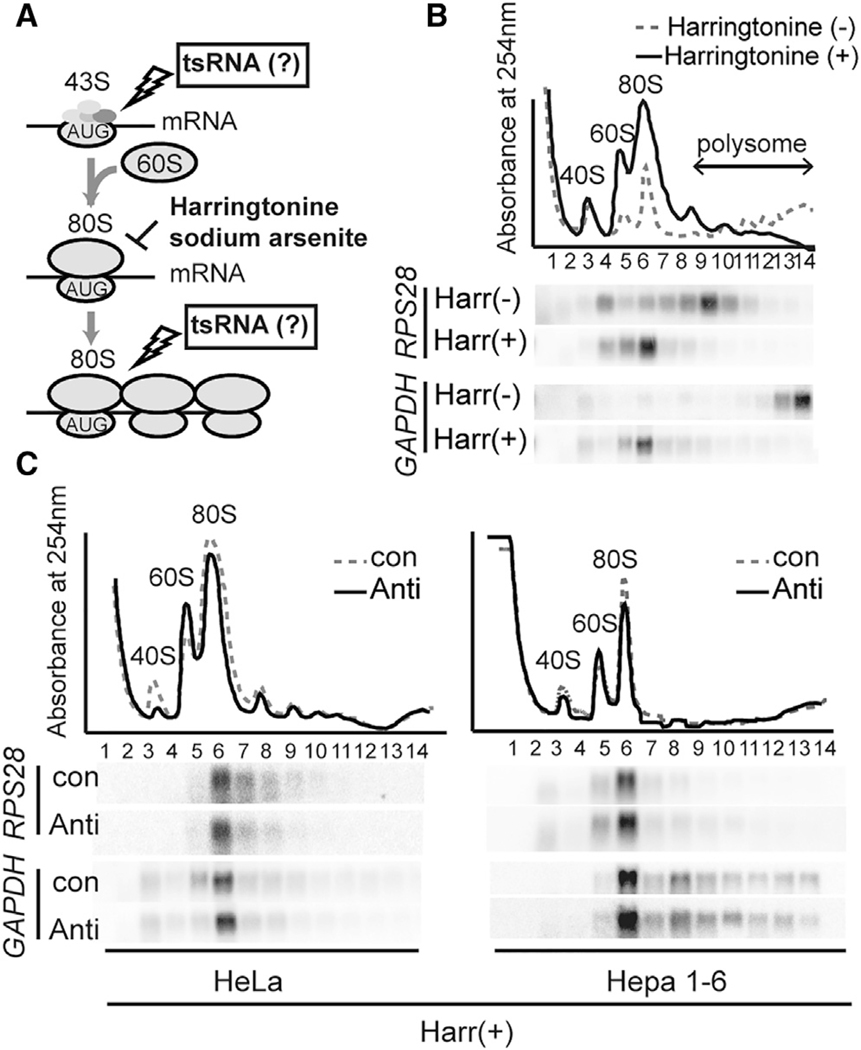Figure 4. LeuCAG3′tsRNA Regulates Both Human and Mouse RPS28 Translation in the Elongation Phase.
(A) A schematic representation of the possible translation steps affected by the LeuCAG3′tsRNA using harringtonine (B and C) and sodium arsenite (Figures S4B and S4C). If the tsRNA affects 80S complex formation, the harringtonine or sodium arsenite treatments stall RPS28 mRNA near the 40S subunit (Figure S4A). If the tsRNA affects the step after 80S complex formation, the harringtonine or sodium arsenite treatments stall RPS28 mRNA on the 80S complex (Figures 4B and S4B).
(B) Harringtonine treatment in HeLa cells (n = 2 independent experiments).
(C) Harringtonine treatment post-transfection in HeLa (left) and Hepa 1–6 (right) cells (n = 2 independent experiments). The polysome profile (top) and northern hybridization (bottom) were analyzed. The polysome profile indicates the position of 40S and 60S ribosomal free subunits, monosomes, and polysomes on each designated fraction.
Harringtonine (+) and Harr(+), treatment with harringtonine; Harringtonine (–) and Harr(−), no treatment with harringtonine; con, control; anti, anti-Leu3′ts.

